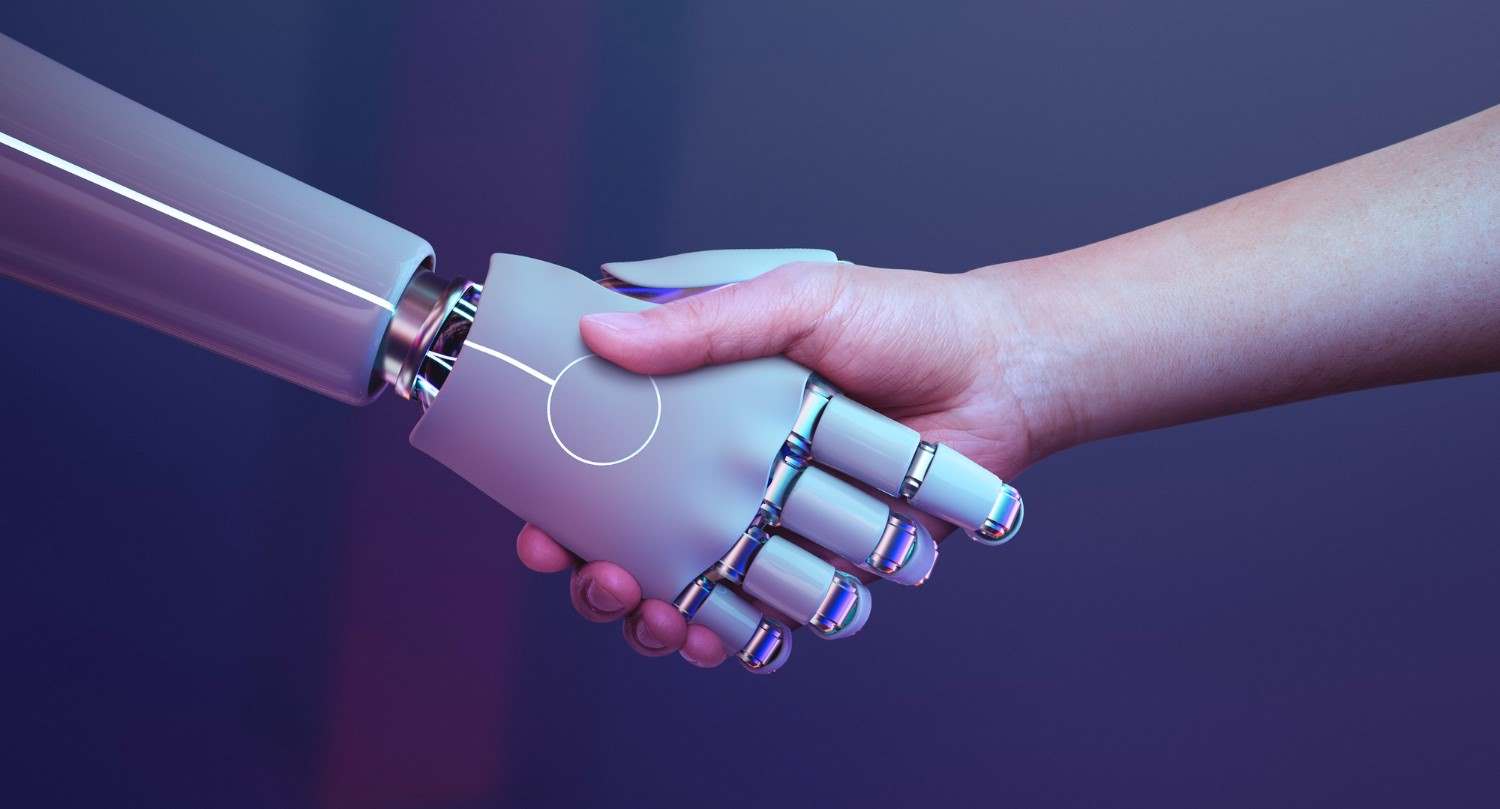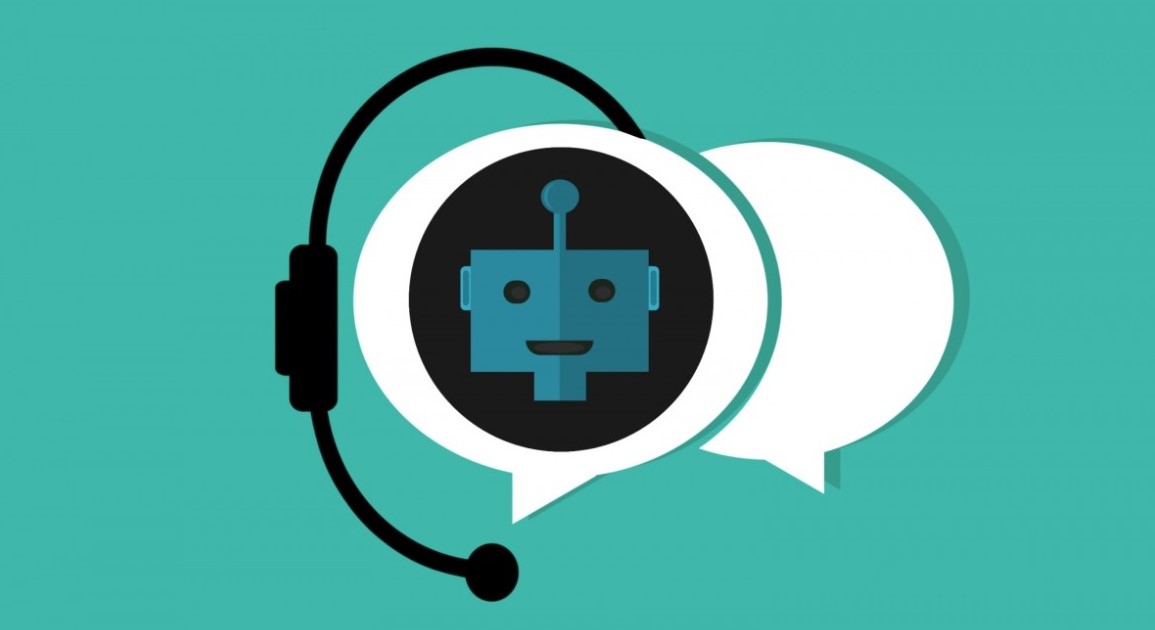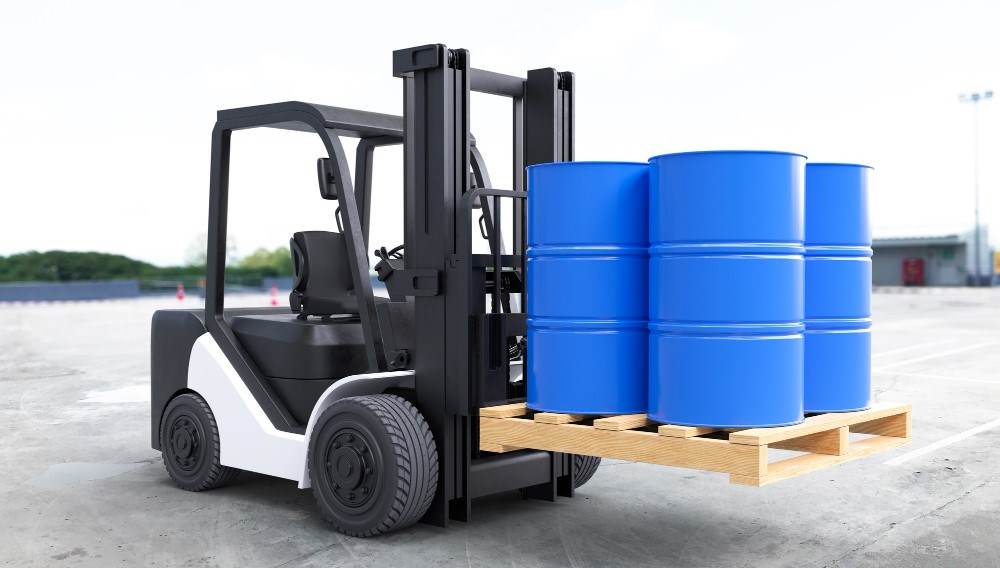Much has been written about the transformative power of AI for the chemical industry. But much of the discussion has been around the efficiencies being made at large chemical facilities—the energy savings, the streamlining of processes, procurement control,d more.
But what about smaller operations and chemical suppliers? How can these chemical businesses gain from AI?
This was a topic of discussion at the recent Global Chemical Regulations Conference held in Washington DC, this April.
The key takeaways from this were:
Image Recognition:
While many AI users are familiar with interacting through text or voice, one of the lesser-known features of modern AI is its image recognition capability. This technology allows AI systems to ‘see’ and interpret visual data—an asset particularly useful for smaller chemical companies with limited staff for quality control.
For example, image recognition can be used to automatically inspect packaging for errors, such as incorrect labelling or missing hazard symbols. It can also detect defects or damage in goods upon delivery, such as cracked containers, discolouration, or leaks, which may otherwise go unnoticed until it’s too late. All of which helps towards ensuring compliance with safety and regulatory standards.
As these systems can operate continuously and consistently, they reduce the risk of human error and allow employees to focus on more strategic tasks.
Chatbots:
With fewer staff in the sales team, smaller chemical companies can make significant savings by using AI as the first point of contact for answering client enquiries, suggesting products, or even handling some orders.
But more than just speed, generative AI chatbots can streamline communication between sales teams and technical departments, reducing delays and enhancing customer responsiveness.
“One of the most compelling use cases I’ve seen for GenAI in the chemical industry is in supporting sales,” noted Brendan Boyd, former R&D executive at a Fortune 500 chemical company. “Getting the right information quickly is crucial.”
Risk Assessment:
AI can analyse safety data to predict potential hazards and recommend improvements. However, the panel noted the importance of ensuring that the AI was using the correct data set.
“Garbage in equals garbage out,” said Fitch. “We’ve heard that saying a lot, and so it’s very important that we are using optimal data when we are training models, so that we are making sure to get the most valid and reliable results.”
Regulatory Compliance:
Wading through countless pages of regulations is a laborious, time-consuming task that many smaller chemical companies lack the workforce to manage. However, it is absolutely necessary if delays and problems are to be avoided further downstream.
Sifting through heaps of text and data is an ideal task for AI, as it can quickly check if procedures and products meet safety and environmental regulations. It can also confirm that labelling is adequate and check on what paperwork is required for export.
For example, one of the Global Chemical Regulations Conference panel members, Rebecca Morones, a senior product steward at BASF, explained how she often uses Microsoft Copilot to summarize EPA risk evaluations.
However, she also cautions that while the responses were a helpful outline, AI should not be trusted to perform in-depth analysis of information.
“You still have to read the documents,” she said. “But I feel like there’s also 200 pages it’s sifting through, which does at least help get you to kind of where you’re looking for and give you a great oversight.”
Beware of Hallucinations:
The panel was also quick to highlight the dangers of AI supplying incorrect information—a phenomenon commonly referred to as hallucinations. For example, when Morone’s colleagues asked AI to determine the density of a safety data sheet or the amount of a TSCA fee, the platform returned an inaccurate response.
“Anytime it comes to regulatory aspects, you should probably have them come to the regulatory experts,” she explained. “Don’t rely on what they’re seeing or what they’re doing.”
It may also happen that AI can return references that appear authentic but actually do not exist. For this reason, the panel suggested that any material created by an AI model should be independently reviewed by personnel to confirm its legitimacy.
“With that lesson, it’s really important that not only are we reviewing the things that are coming out of any AI model, but also that we’re verifying them,” added Seneca Fitch, a Director at the chemical business consultancy ToxStrategies. “Because something could certainly sound logical, it could certainly look real, and yet it’s not. It’s false information and that hallucination, that’s not rare.”
“So, if your businesses are using this,” cautioned Morones, “just make sure that they are aware of these hallucinations.”
One further way to confirm an AI response’s accuracy, was to ask the question many times, or even on different AI tools.
“If the question or the task might be repeated over and over again, you want to ensure that you’re getting similar performance for each iteration of the task,” noted the IS EPA’s Sean Watford.
Prompt Training:
The final point raised by the team was not so much an advantage to be gained, but advice on how to get the most out of AI. This is because, like any new tool, staff will benefit from proper training to gain the full benefit of what can be achieved.
“I think that the most practical advice is that it (AI) is a computer, and it uses logic,” said Fitch who recommended users adopt a computer-like way of thinking when prompting AI.
This was a view supported by Morones, who suggested keeping instructions simple. For example, she suggested imagining instructing a computer in how to make a sandwich. “It’s not going to understand, ‘Grab two slices of bread,’” explained Morones. “You have to be very specific for what you’re doing.”
While AI is often associated with large-scale industrial transformation, it’s clear that smaller chemical businesses have just as much to gain—if not more—from adopting these technologies. From streamlining customer interactions with chatbots to leveraging AI for compliance, safety checks, and even basic administrative tasks, the opportunities are both practical and powerful.
However, with great power comes great responsibility: proper training, data quality, and human oversight remain essential.
For small chemical operations looking to stay competitive, AI isn’t just a futuristic concept—it’s an accessible tool that, when used wisely, can deliver immediate and meaningful benefits.
Photo credit: Freepik, Pxhere, Superdupr, Frimufilms, Rawpixel, & User7602303






